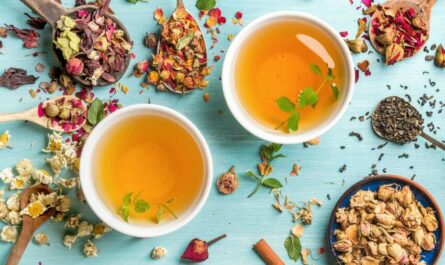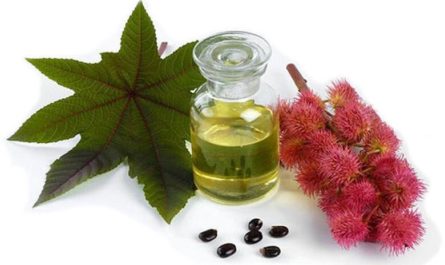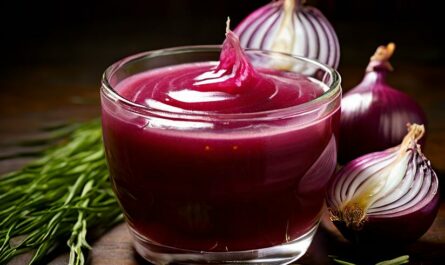Coffee is a beloved beverage enjoyed by millions worldwide, but have you ever wondered how much caffeine is in a cup of coffee? Understanding the caffeine content in your favorite brew can help you make informed decisions about your caffeine intake and its potential effects on your health. This article will delve into the topic of caffeine in coffee, covering everything from the basics of caffeine to serving sizes, measurement methods, and tips for managing your caffeine consumption.
What Is Caffeine?
Caffeine is a natural stimulant found in various plants, including coffee beans. It belongs to a class of compounds called xanthines and acts on the central nervous system, providing a temporary boost in alertness and energy levels. In addition to coffee, caffeine can also be found in tea, chocolate, energy drinks, and some medications.
Effects of Caffeine on the Body
Caffeine’s effects can vary from person to person, but in general, it stimulates the release of neurotransmitters like dopamine and norepinephrine, leading to increased focus, improved mood, and reduced fatigue. However, excessive caffeine consumption can also cause side effects such as restlessness, insomnia, increased heart rate, and digestive issues.
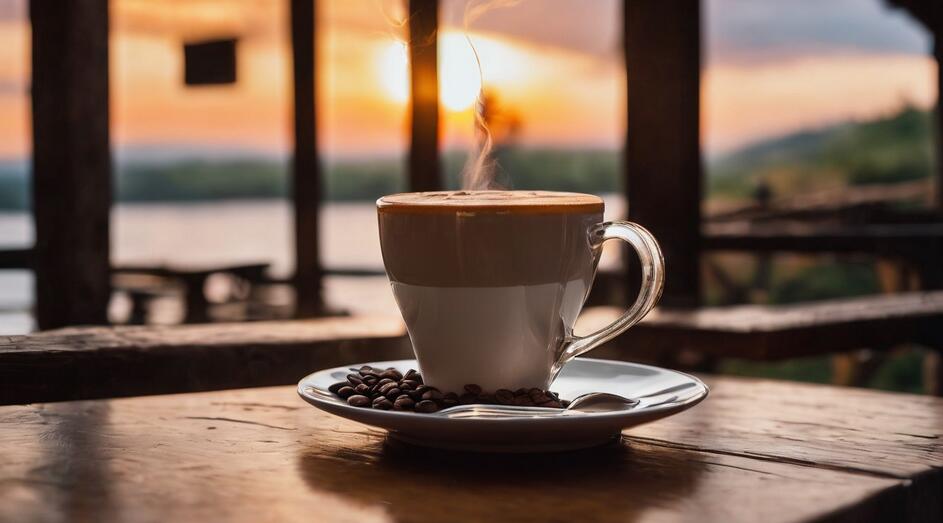
Average Caffeine Content in a Cup of Coffee
The caffeine content in a cup of coffee can vary depending on several factors, including the type of coffee bean, roast level, brewing method, and serving size. On average, an 8-ounce cup of brewed coffee contains approximately 95 milligrams (mg) of caffeine. However, this value can range from 30 mg to over 200 mg, depending on the variables mentioned above.
Factors That Affect Caffeine Levels
1. Type of Coffee Bean
Arabica beans generally have lower caffeine content compared to Robusta beans. While Arabica beans are known for their flavor and aroma, Robusta beans are often used in espresso blends for their higher caffeine content.
2. Roast Level
The roasting process affects the caffeine content in coffee. Contrary to popular belief, lighter roasts retain slightly more caffeine than darker roasts. However, the difference in caffeine content between different roast levels is minimal and not a significant factor in determining caffeine intake.
3. Brewing Method
Different brewing methods extract caffeine differently. For example, espresso is made by forcing pressurized hot water through finely-ground coffee, resulting in a concentrated and highly caffeinated beverage.
Drip coffee, on the other hand, involves pouring hot water over coarser coffee grounds, resulting in a milder caffeine concentration.
4. Serving Size Considerations
The amount of coffee you consume plays a crucial role in determining your caffeine intake. Larger cups or mugs of coffee will naturally contain more caffeine. It’s important to be mindful of the serving size when estimating your caffeine consumption.
Caffeine Content in Different Types of Coffee
Understand the potential impact on your health and energy levels based on your coffee choices.
1. Brewed coffee
Brewed coffee is a popular choice for many caffeine seekers, with an average 8-ounce cup containing about 95 milligrams of caffeine. However, the caffeine content can vary depending on factors like the type of coffee bean, the grinding process, and brewing time.
Darker roasts generally have less caffeine than lighter ones because the longer roasting process reduces caffeine levels. Additionally, using a finer grind and longer brewing time extracts more caffeine from the beans.
Espresso, though stronger in flavor compared to brewed coffee, contains less caffeine per serving due to its smaller volume. On average, a single shot of espresso has around 63 milligrams of caffeine.
2. Espresso
Transitioning from brewed coffee to espresso, it’s important to note that espresso contains a higher concentration of caffeine per ounce compared to brewed coffee. A single shot of espresso typically contains around 63 mg of caffeine, which is less than the amount found in an average cup of brewed coffee.
However, due to its stronger flavor and smaller serving size, it may still provide a significant energy boost for those seeking a quick pick-me-up. When considering your caffeine intake, understanding the variations in content between different types of coffee can help you make informed choices about your daily consumption.
3. Espresso-based drinks (latte, cappuccino)
Espresso-based drinks like lattes and cappuccinos contain varying levels of caffeine, depending on the size and recipe. A standard 8-ounce latte typically has a single shot of espresso, which contains about 63 mg of caffeine.
However, larger sizes or extra shots can increase the caffeine content. On the other hand, cappuccinos are usually made with equal parts espresso, steamed milk, and foam; thus containing similar caffeine levels to lattes.
The actual amount of caffeine in these drinks may vary based on specific recipes used by different coffee shops.
4. Instant coffee
Instant coffee contains varying levels of caffeine, typically ranging from 30 to 90 milligrams per 8-ounce cup. The caffeine content depends on factors such as the brand, brewing process, and serving size.
It generally has higher caffeine levels than decaf coffee but lower levels than brewed or espresso coffee. Due to its convenient preparation and longer shelf life, instant coffee is a popular choice for those seeking a quick caffeine boost.
The convenience of instant coffee makes it a go-to option for many individuals looking for a quick and easy way to enjoy their daily caffeine intake without the time-consuming process of brewing traditional coffee.
5. Decaf coffee
Transitioning from instant coffee, let’s delve into decaf coffee. Decaf coffee is made from coffee beans that have undergone a process to remove most of the caffeine.
Despite popular belief, decaf coffee still contains a small amount of caffeine, typically ranging from 0-7 mg per 8 oz cup, which is significantly less compared to regular brewed coffee.
The decaffeination process involves various methods such as solvent-based, water processing, or carbon dioxide extraction to reduce caffeine content while preserving the flavor.
It’s essential for those looking to limit their caffeine intake but still enjoy the taste and aroma of coffee without the stimulating effects.
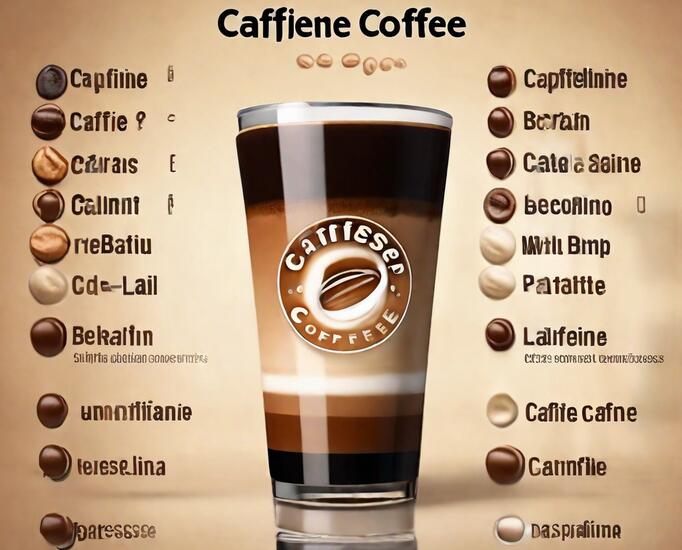
Comparison of Caffeine Levels in Popular Coffee Brands
Explore how caffeine levels in popular coffee brands such as Starbucks, Dunkin Donuts, and McDonald’s compare to each other, and learn about the factors that can affect caffeine content in your favorite cup of joe.
1. Starbucks
Starbucks offers a wide range of coffee options, each with varying caffeine levels. A standard 8-ounce cup of brewed Starbucks coffee contains approximately 180 mg of caffeine, significantly higher than other popular coffee chains.
If you prefer espresso-based drinks, a solo shot at Starbucks has around 75 mg while a doppio (double shot) contains about 150 mg. For those who opt for decaf, be aware that even decaffeinated Starbucks beverages still contain some caffeine, typically around 15 mg in a regular-sized cup.
2. Dunkin Donuts
Moving on from Starbucks to Dunkin’ Donuts, it’s important to note that the caffeine content in coffee varies across different brands. Dunkin Donuts, a popular coffee chain, offers brewed coffee with varying caffeine levels depending on the size and type of the drink.
A standard 10 oz serving of Dunkin Donuts’ regular brewed coffee contains approximately 215 mg of caffeine, making it a suitable choice for those seeking a moderate caffeine boost.
Additionally, their espresso-based drinks like lattes and cappuccinos contain differing amounts of caffeine based on the specific recipe and size.
3. McDonald’s
McDonald’s serves brewed coffee with varying caffeine levels based on cup size. A small 12 oz cup contains around 109 mg of caffeine, while a medium 16 oz cup has approximately 145 mg.
For those looking for an extra kick, the large 20 oz cup packs about 180 mg of caffeine. These levels are within the average range for brewed coffee and provide a convenient option for those seeking a quick caffeine boost.
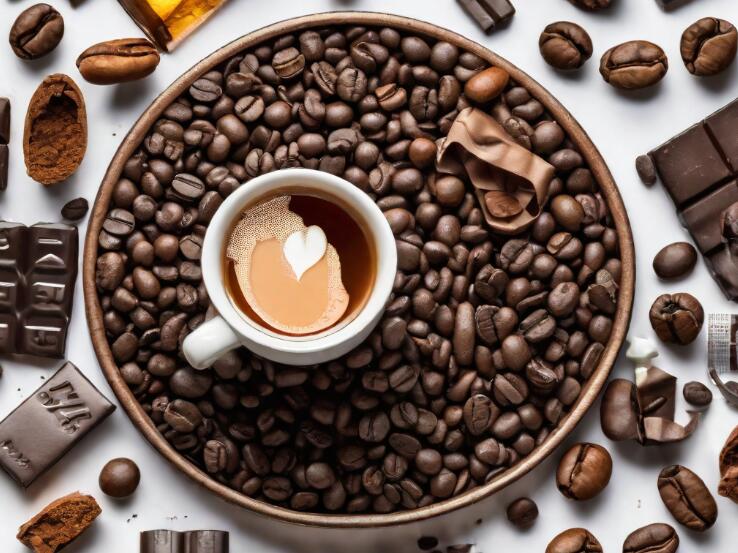
Comparing Caffeine: Coffee vs. Other Beverages
While coffee is known for its caffeine content, it’s worth noting that other beverages also contain caffeine. Tea, soda, energy drinks, and even chocolate contain varying amounts of caffeine. However, coffee generally has higher caffeine levels compared to these beverages.
For example, an 8-ounce cup of black tea typically contains around 30-60 mg of caffeine, while a 12-ounce can of cola contains approximately 30-40 mg of caffeine. It’s important to consider the caffeine content of different beverages when managing your overall caffeine intake.
Understanding Coffee Serving Sizes
1. Standard Coffee Cup Sizes
The term “cup” of coffee can be ambiguous, as different countries and cultures have varying standards. In the United States, a standard cup of coffee is typically defined as 8 fluid ounces (237 milliliters).
However, coffee is often served in larger sizes, such as 12 ounces, 16 ounces, or even 20 ounces. It’s essential to be aware of the serving size when estimating your caffeine intake.
2. Espresso vs. Drip Coffee Caffeine Content
Espresso is a concentrated form of coffee made by forcing pressurized hot water through finely-ground coffee beans.
Despite its smaller serving size (usually 1-2 ounces), espresso contains more caffeine per volume than drip coffee.
However, when comparing equal volumes, drip coffee typically has a higher caffeine content. For example, a 1-ounce shot of espresso contains approximately 63 mg of caffeine, while an 8-ounce cup of drip coffee contains around 95 mg of caffeine.
3. Coffee Shop Servings: What to Expect
When ordering coffee from a coffee shop, it’s important to be aware of the caffeine content in popular beverages.
For example, a 12-ounce brewed coffee from a coffee shop may contain around 200 mg of caffeine, while a 16-ounce specialty drink like a latte or cappuccino can have varying caffeine levels depending on the number of espresso shots used.
It’s helpful to check with the barista or consult the coffee shop’s website for specific information on the caffeine content in their beverages.
How to Measure Your Coffee Caffeine Intake?
1. Estimating Caffeine Content at Home
While it may be challenging to precisely measure the caffeine content in a homemade cup of coffee, you can estimate it based on factors such as the type of beans, brewing method, and serving size.
Coffee brands and roasters often provide approximate caffeine values on their packaging or websites, which can serve as a useful reference.
Additionally, some online resources and smartphone apps offer databases with average caffeine content for different coffee types and brewing methods.
2. Tools and Apps to Track Caffeine Consumption
Several smartphone apps and online tools are available to help you track your caffeine intake. These tools allow you to input the type of coffee, serving size, and other variables to calculate an estimate of the caffeine content.
Some apps also provide insights into your caffeine consumption patterns and offer recommendations for managing your intake. Examples of caffeine tracking apps include “Caffeine Tracker” and “Caffeine Zone 2”.
3. Tips for Accurate Measurement
To ensure a more accurate measurement of caffeine intake, consider the following tips:
- Use a digital kitchen scale to weigh the coffee beans before grinding. This allows you to measure the exact amount of coffee used.
- Use a coffee grinder with consistent grind size settings. Consistency in grind size ensures a more uniform extraction of caffeine during brewing.
- Measure the water-to-coffee ratio accurately during brewing. Following recommended brewing ratios, such as 1:16 (1 part coffee to 16 parts water), helps maintain consistency in caffeine content.
- Keep track of the number of servings consumed throughout the day. This helps you calculate your total caffeine intake and stay within your desired limits.
Recommended Daily Caffeine Limits
The recommended daily caffeine intake varies depending on factors such as age, health conditions, and individual sensitivity.
Generally, the FDA suggests a maximum daily intake of up to 400 mg for healthy adults. However, certain groups, such as pregnant women and people with cardiovascular issues, may need to limit their caffeine intake further.
It’s important to be aware of your tolerance and any specific guidelines provided by healthcare professionals.
Signs You Might Be Consuming Too Much Caffeine
Consuming excessive amounts of caffeine can lead to various symptoms, including:
- Restlessness and jitteriness
- Increased heart rate
- Difficulty sleeping
- Digestive issues
- Headaches
- Anxiety
- Irritability
If you experience any of these symptoms, it may be a sign that you should reduce your caffeine intake. Paying attention to your body’s response to caffeine and adjusting accordingly can help you maintain a healthy balance.
How to Reduce Caffeine Intake Without Sacrificing Flavor
Reducing caffeine intake doesn’t mean giving up your favorite coffee altogether. Consider the following strategies:
- Opt for decaffeinated coffee: Decaf coffee retains the flavor profile of regular coffee while containing significantly less caffeine. It’s a great option for those who enjoy the taste of coffee but want to reduce their caffeine intake.
- Explore alternative beverages: Herbal teas, decaffeinated teas, and caffeine-free alternatives like chicory coffee can offer a coffee-like experience without the caffeine. These options provide a variety of flavors and can be enjoyed hot or cold.
- Gradually reduce caffeine intake: Gradually cutting back on caffeine intake allows your body to adjust more comfortably. Start by replacing one cup of caffeinated coffee with a decaf or alternative beverage and gradually decrease your caffeine consumption over time.
Special Considerations
1. Caffeine Sensitivity and Metabolism
Individuals vary in their sensitivity to caffeine and how their bodies metabolize it. Factors such as genetics, age, liver function, and medication use can influence how caffeine affects each person.
It’s essential to pay attention to your body’s response to caffeine and adjust your consumption accordingly. If you find that caffeine affects you more strongly or disrupts your sleep, it may be beneficial to reduce your intake or switch to decaf options.
2. Caffeine During Pregnancy and Breastfeeding
Pregnant women and those breastfeeding should be cautious about their caffeine intake. While moderate caffeine consumption is generally considered safe, high levels of caffeine have been associated with increased risks of complications during pregnancy.
It is advisable to consult with a healthcare provider to determine the appropriate caffeine limits during these periods. Some studies suggest limiting caffeine intake to 200 mg per day during pregnancy.
3. Interactions With Medications and Health Conditions
Caffeine can interact with certain medications and health conditions. It may enhance the effects or side effects of certain drugs or exacerbate conditions such as anxiety, heart conditions, or gastrointestinal disorders.
If you have any health concerns or are taking medications, it’s important to consult your healthcare provider regarding caffeine consumption. They can provide personalized advice based on your specific situation.
FAQs
1. Is there still caffeine in decaffeinated coffee?
Yes, decaffeinated coffee usually has a small amount of caffeine, with about 2 to 5 milligrams per cup.
2. What’s the safe limit for daily caffeine intake?
Health experts often recommend that most adults should not have more than 400 milligrams of caffeine each day.
3. Can you get too much caffeine from tea and soda too?
Tea and soda also have caffeine; a typical serving of tea might have up to 50 milligrams while a standard serving of soda can have up to 40 milligrams.
4. Are there health benefits from drinking some caffeine?
In moderation, consuming caffeine has been linked to certain health benefits such as increased alertness and improved concentration.

